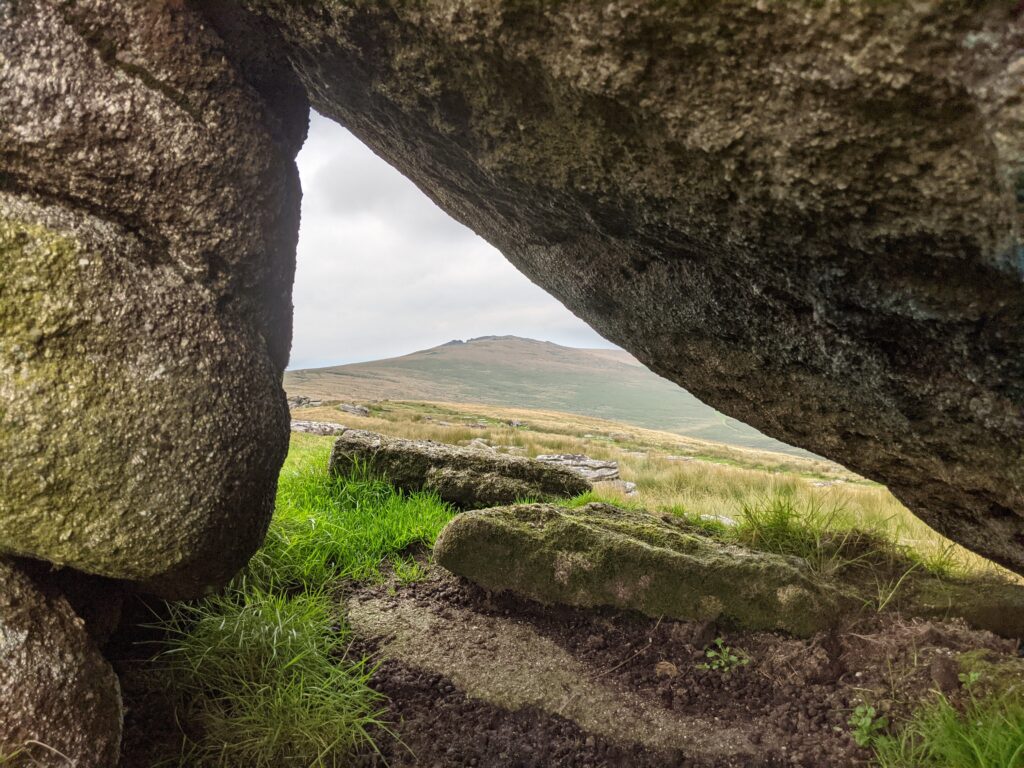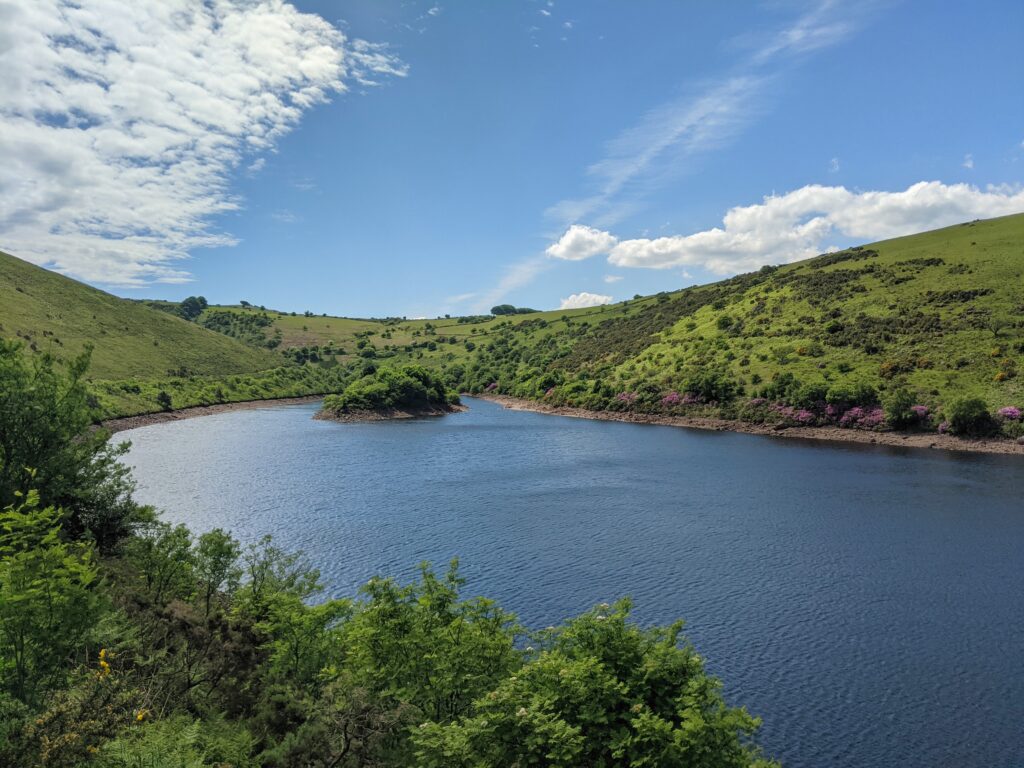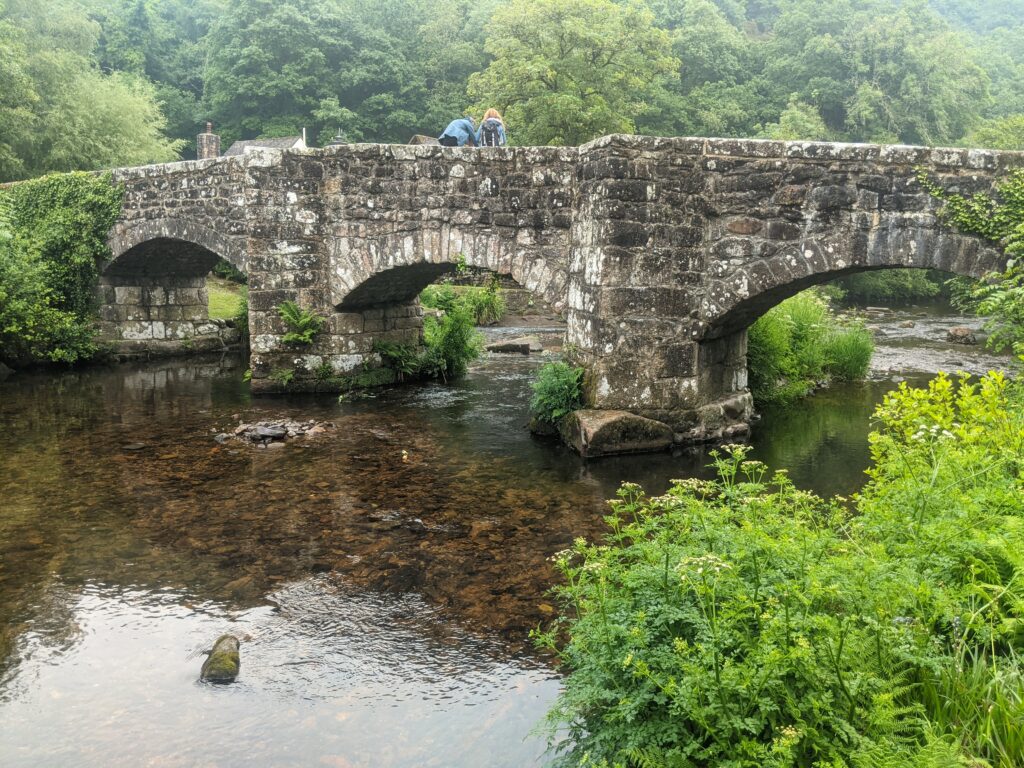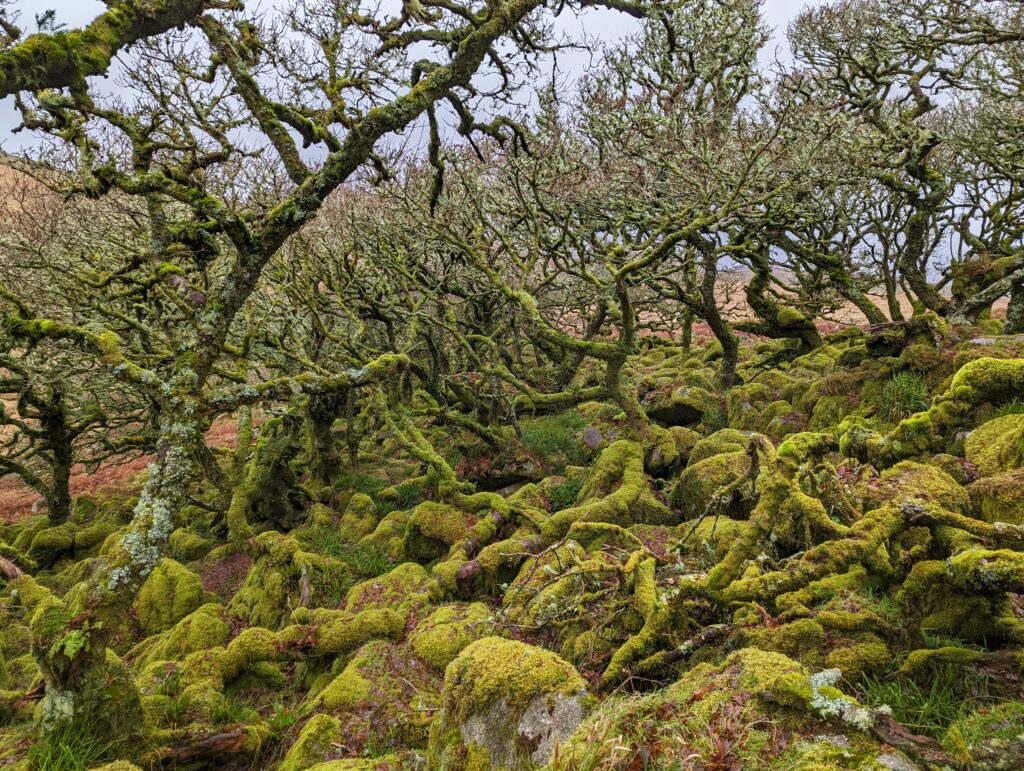Hiking on Dartmoor
I was born and raised in Devon, so I could claim Dartmoor to be a spiritual home – the inspiration for my love and exploration of nature around the world. In reality, I didn’t show much (or sustained) interest in travel and nature until I reached my twenties.
I only had sporadic forays into Dartmoor in my youth, usually at the suggestion of friends. It was when my dad, in semi-retirement, moved to the edge of the moors that I started to venture further into the park – and realise the hiking opportunities here.
Dartmoor was famous, until a recent court case, as the sole place in England where wild camping was permitted. Despite the unpopular ruling in that case, I imagine it’s still possible to camp in many areas of the National Park without trouble.
There are plenty of hiking trails, too, including routes such as the ‘Ten Tors’. The abundance of trails also allows you to set your own path, either planning beforehand, or improvising while on the walk. Dartmoor is one of England’s largest remaining areas of wilderness, with diverse scenery and wildlife, making it a great place for hiking.
This was an improvised route in the Northeastern part of Dartmoor, on a grey, cloudy day. It started with a steep hike up to Cosdon Hill, then across the moors to Belstone.
On another improvised route, this time to the highest points on Dartmoor. Notable stops included Meldon Reservoir, as well as close encounters with wild ponies.
Hiking along a circular route that centred around Fingle Bridge, towards Castle Drogo, then back through Cod Wood.
Spoiler: didn’t actually make it to Wistman’s Wood, largely due to heavy rain. Nevertheless, it was an enjoyable, if wet, Winter hike.



